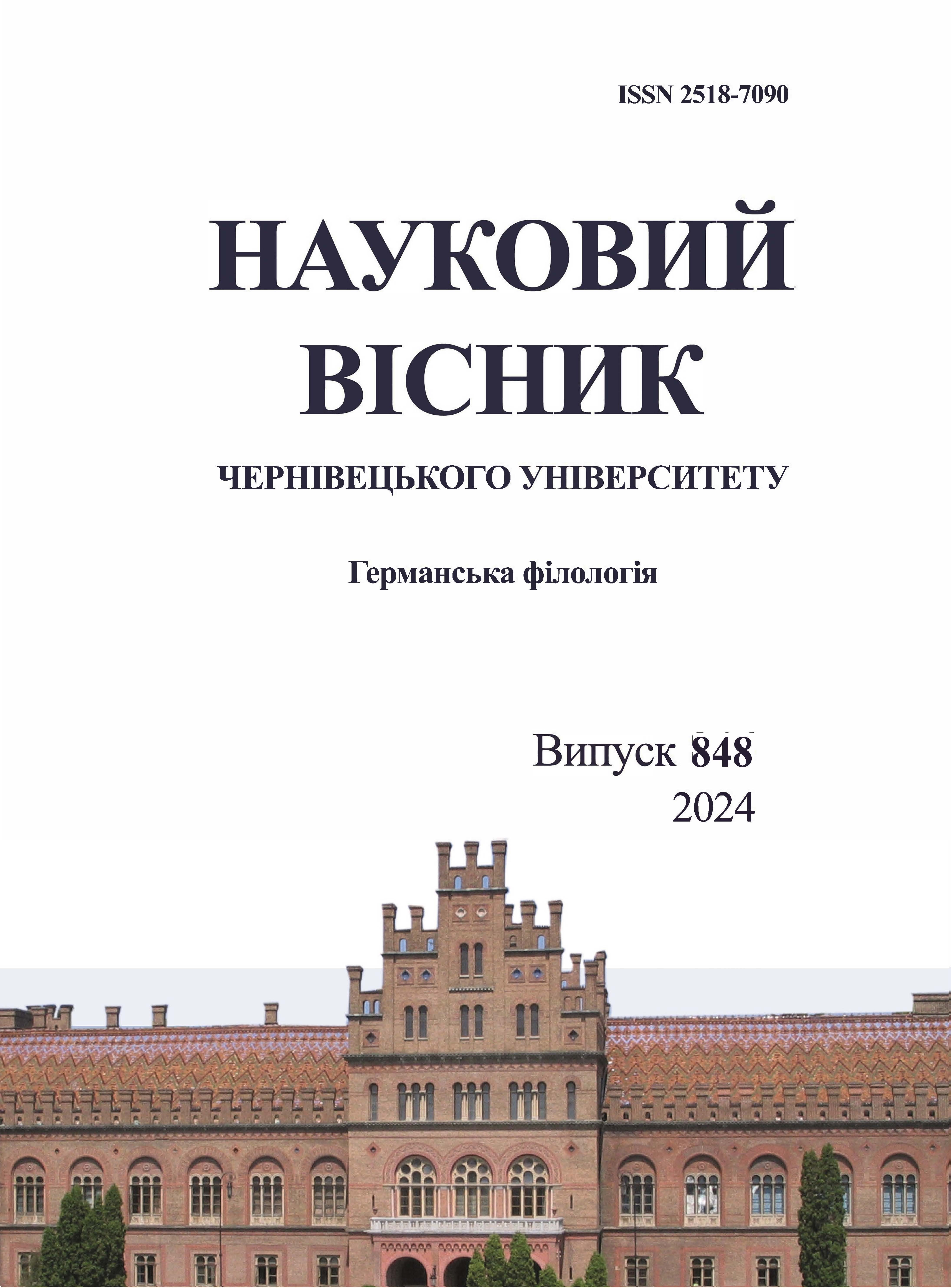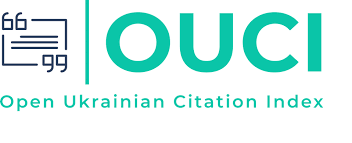ПРИНЦИПИ УКЛАДАННЯ НІМЕЦЬКО-УКРАЇНСЬКОГО СЛОВНИКА ПАРОНІМІВ
DOI:
https://doi.org/10.31861/gph2024.848.83-93Ключові слова:
паронімія, колокація, лексикографія, електронний словник, корпусні інструментиАнотація
Стаття присвячена принципам відбору паронімів і методиці укладання електронного німецько-українського словника паронімів на основі корпусного підходу та систематичного аналізу подібності й відмінностей у вживанні паронімів у мовленні. Запропоновано концепцію паронімії як системного явища, що включає етимологічно пов’язані слова зі схожою морфемною структурою, але різним змістом. Порівняльний аналіз колокацій дозволив виокремити 1836 паронімів, об’єднаних у паронімічні ряди, що складаються з двох (рідше декількох, максимум дев’яти) компонентів.
Проаналізовано наявні словники паронімів і встановлено недоліки лексикографічного опису, зокрема, надто нормативну/ прескриптивну орієнтацію, погане опрацювання словникових статей з мовно-дитактичного погляду та брак ґрунтовних оцінок сучасних даних як основи для словникової роботи. Словник паронімів повинен опиратися на дані корпусів, має бути надійним і містити узагальнення про окремі слововживання в конвенціоналізованому мовному вжитку. Корпусні інструменти (наприклад, Contrasting Near-Synonyms) систематично виявляють подібності та відмінності паронімів у контрастивний спосіб, визначаючи ступінь семантичної близькості
між виразами зі схожим контекстуальним вживанням, тобто на основі зіставлення їхніх безпосередніх регулярних слів-партнерів, а семантична близькість чи віддаленість паронімів фіксується на основі збігів при контекстуальному вживанні.
Лексикографічне опрацювання виокремлених паронімів здійснено за допомогою комп’ютерної програми для створення словників TshwaneLex, яка дозволяє лексикографам створювати довідники для будь-якої мови без базових навичок роботи з ІТ-технологіями. Основні особливості TshwaneLex включають простоту використання, автоматичне відстеження перехресних посилань, розширену функцію порівняння / об’єднання словників і підтримку всіх мов світу завдяки повній сумісності з патформою Юнікод. Редагування лем відбувається у вікні, яке побудоване за деревовидним принципом. Це показує ієрархічну структуру леми, розбиту на різні значення і підзначення слів, словотвір або багатослівні одиниці, приклади вживання, перехресні посилання тощо. Архітектура вводу/ виводу розроблена таким чином, що додаткові інтерфейси для різних типів джерел даних можуть бути розроблені у вигляді надбудов або плагінів для підтримки інших вихідних форматів. На даний час наявний програмний модуль на основі PHP, який можна використовувати для розміщення словника TshwaneLex в Інтернеті.







